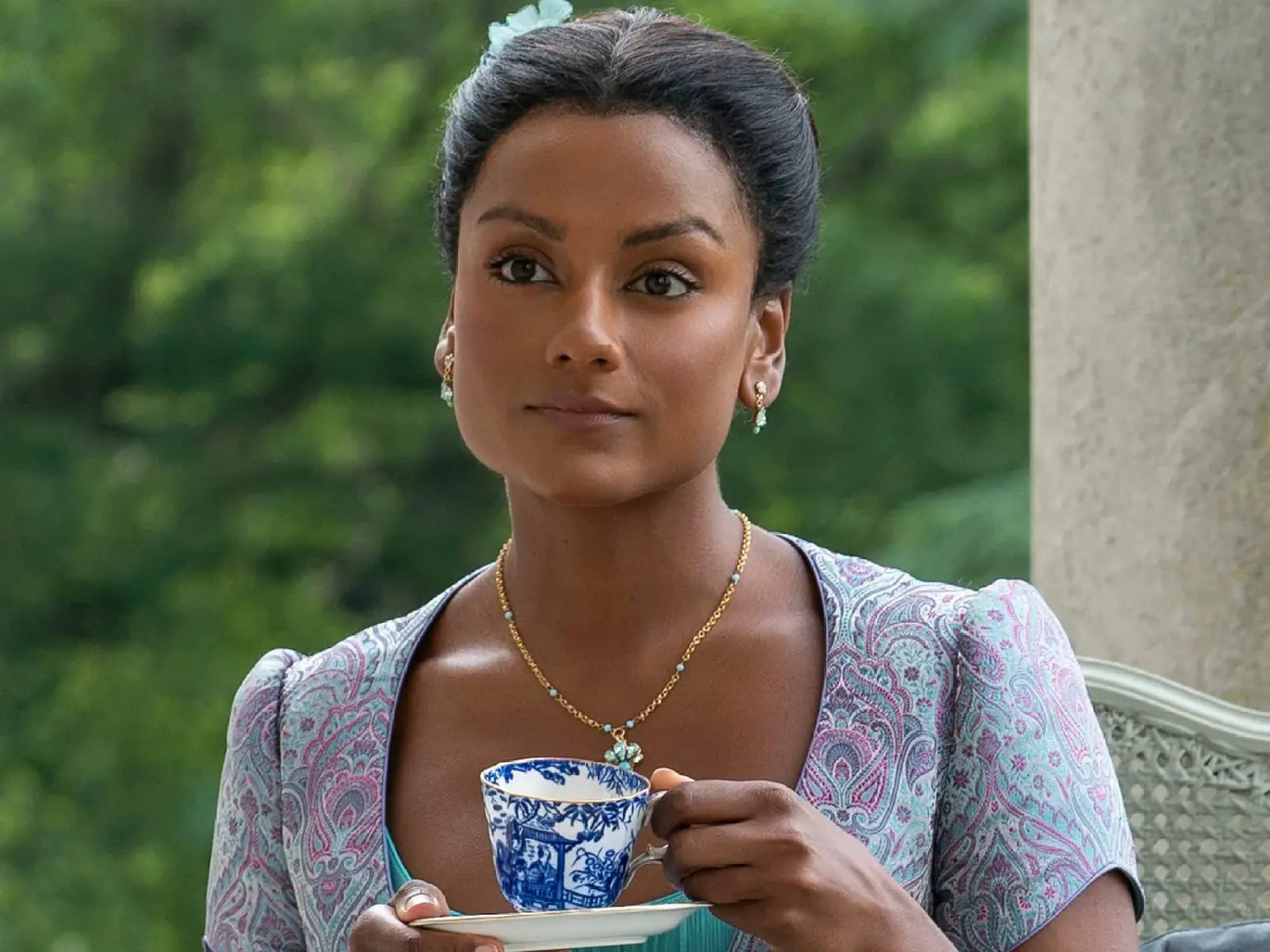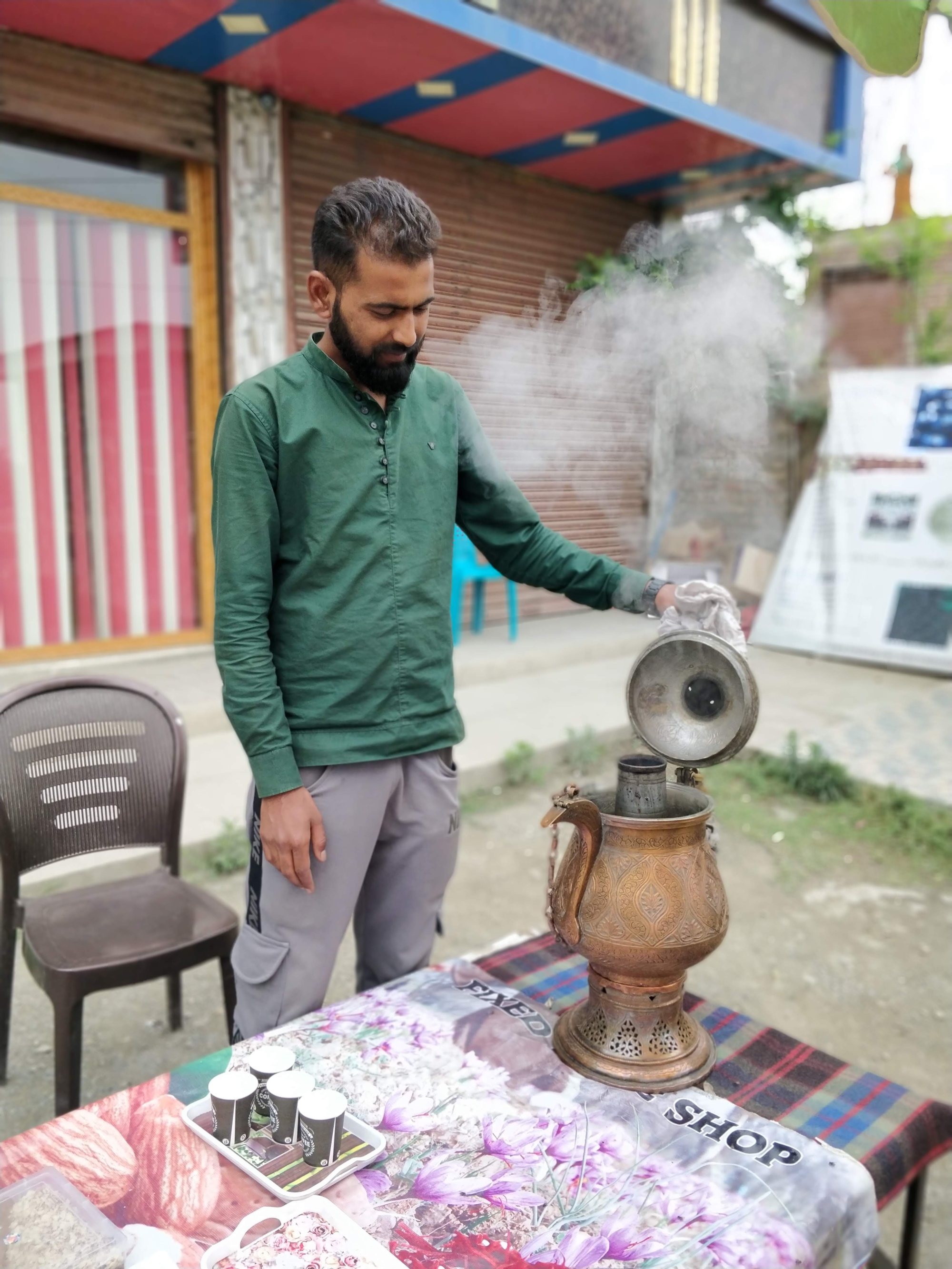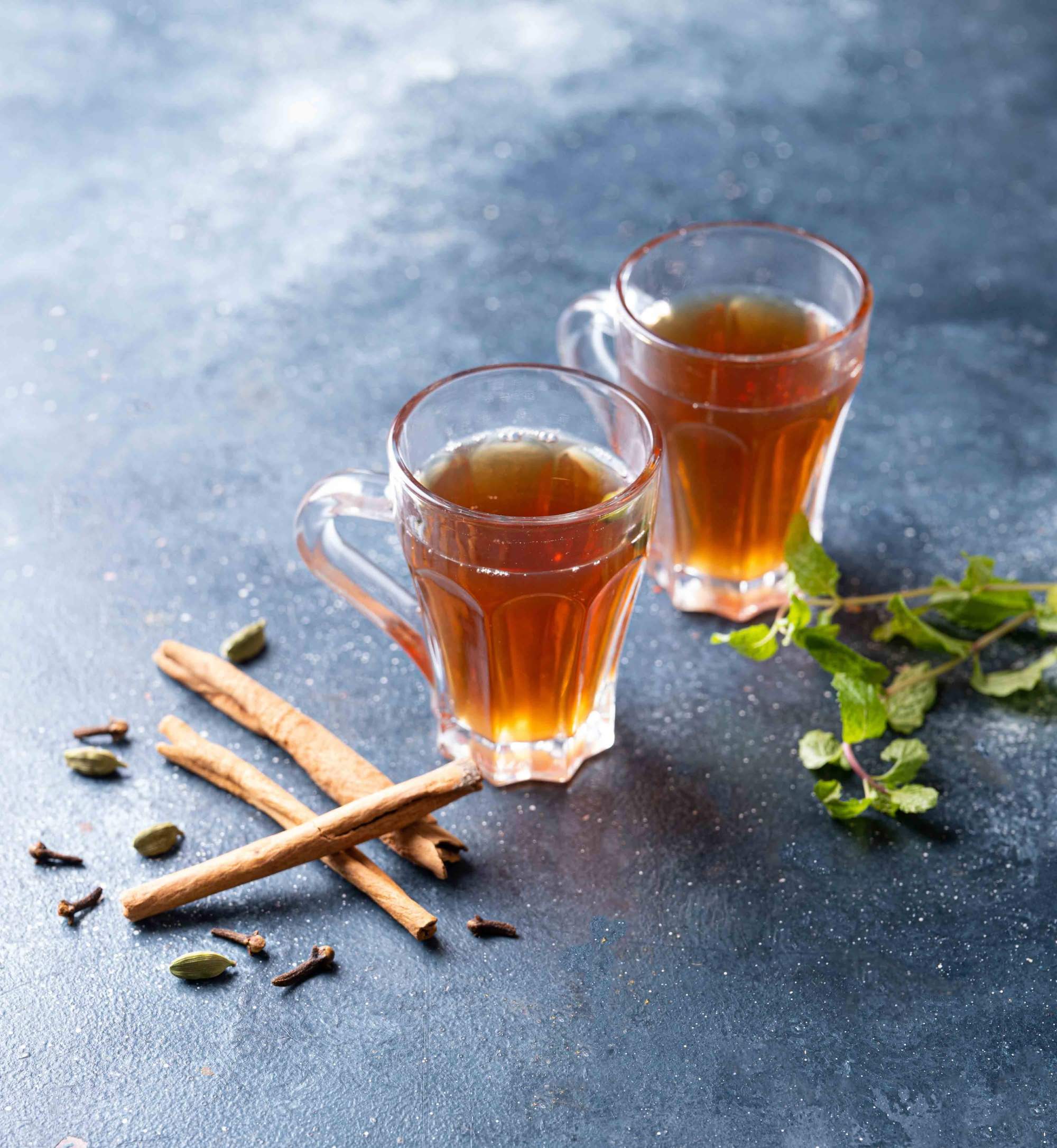
‘I despise English tea’: Bridgerton snub spotlights India’s national drink – and its endless varieties
- A wry observation by new character Kate Sharma in the second series of the hit Netflix period drama has shone a light on India’s many and varied types of tea
- From gur gur chai to Kashmir’s golden kahwa, Assam’s laal saah and the Arab-inspired Sulaimani tea, there’s a lot more than the insipid English offering
In the show, set in Regency-era England, Sharma has just arrived from India and dearly misses the colours and flavours of the tea back home. She is shown crushing cardamom pods into a cup of the insipid English version she is served, just to make it bearable.

The British commercialised tea production during their colonisation of India, but it was popular even before then. Today, there are more than 100,000 tea estates in the country, producing many different kinds from Darjeeling and Assam to Nilgiris, and India is the third-largest exporter in the world.
Still, around 70 per cent of the tea India produces is consumed within the country – attesting to its enduring popularity and place within Indian culture.
Many types of teas
Though most people associate India with the ubiquitous masala chai – a brew of black tea, milk and aromatic spices like ginger and cardamom – other, less well-known, kinds are available in different parts of the country, influenced by waves of immigration, local climate and culture.
In Ladakh and Sikkim, in India’s far north, the local brew is a butter tea called gur gur chai. This buttery, warming mixture, meant for the area’s high altitudes, is usually made with yak butter, tea leaves, salt and water churned in a wooden vessel. Every Buddhist monastery around serves it, but it is an acquired taste.
In Kashmir, the most popular brew in the winters is exotic kahwa, a golden-coloured, aromatic tea made with whole spices and garnished with nuts, usually served from a copper samovar, which keeps the tea warm using hot coals.

Sipping a cup of warm kahwa, surrounded by the sight of the snow-clad mountains, is a special experience, said Safina Nabi, a Kashmiri journalist based in Srinagar.
“We usually have fragrant kahwa in the winter months, and brew it by boiling water with green cardamom and cinnamon, until the water acquires a red colour and then add a dash of saffron to it,” she said. “These spices add warmth to the body, and are also useful for curing chest congestion and coughs. Sometimes if it’s a special occasion like a festival or celebration, we add milk and almond slivers. Some families brew green tea with these spices.”
Another Kashmiri favourite is noon (salt), or gulabi, chai which is often enjoyed with traditional bread for breakfast. Brewed with gunpowder tea – dried green tea leaves rolled into small pellets – a little salt, baking soda and milk with some pistachios and cardamom added, this baby pink tea can be found being sold from tiny stalls and along highways.

Elsewhere, an aromatic, delicately spiced brew known as Sulaimani tea is served in southern Kerala state and among the Muslim community of Hyderabad. This amber-coloured brew was first introduced by Arab traders and is said to be based on an earlier drink called ghava made of dates and black pepper. It is believed to have several health benefits such as lowering cholesterol and improving blood flow, in addition to the energy boost it gives.
“This black tea is served without milk and is good for digestion. It is an integral part of any Muslim feast after a biriyani meal,” said Chennai-based chef Reji Mathew. “Flavours of cardamom, cinnamon and cloves, harmoniously blend in the light tea, sometimes drunk with a slice of lemon and a dash of lemon juice to make it a refreshing drink after a heavy meal.”
Irani chai, served with lots of milk which is boiled until creamy and becomes thick and condensed, can be found in restaurants run by ethnic Persians in cities like Hyderabad and Mumbai. The water, sugar and black tea leaves are boiled separately in a sealed container, making a concentrated brew tea to which the creamy milk is added. Sometimes ground cinnamon, star anise and green cardamom are added while brewing. This tea is usually paired with biscuits or bun maska (a soft bread bun with home-made butter).
For those who like mild tea, there’s the “champagne of teas” – Darjeeling – with its light, subtle colour and floral aroma. Usually served without milk, this tea is said to help with gastric ulcers and obesity.
A recent street-food variation of the ever popular masala chai is known as tandoori chai, and sees the tea poured from a height with a sizzle into a kulhad (clay pot) preheated in a tandoor oven. This tea has a signature earthy, smoky taste.
Small hole-in-the-wall tea shops in Pune, western India, known as Amruttulyas serve a very sugary tea seasoned with ground spices and milk that’s been thickened by prolonged brewing on the stove. The brewers use a cloth instead of the common tea strainer to preserve flavour.
In northeastern Assam, meanwhile, the brew of choice is known as ronga saah or laal saah (red tea) – made from the fresh, luscious tea leaves grown in the state, which are steeped in boiling water for about 4-5 minutes. It is served usually in clay cups, with a little sugar and without milk.
“We usually make it from hand crafted tea,” said Atul Lahkar, a celebrity chef from Assam. “The Moran people use Khling paat, a variety of handcrafted tea. Some prepare a smoked version. In the past people used to add jaggery to it, but nowadays they use sugar. Every Assamese household has a tea pot or kettle and tea is used as a refresher or a welcome drink, no matter what time of the day.”

Chef Reji Mathew’s Sulaimani tea recipe
Ingredients
-
2 cups of water
-
3-4 1/2 inch cinnamon sticks
-
3 cardamom pods
-
3 cloves
-
2 teaspoons of sugar
-
1 teaspoon of tea powder
-
2 mint leaves
-
Boil water in a pan, add cinnamon, cloves and cardamom. Allow to boil for 2 minutes
-
Add tea leaves, bring to boil for 5 seconds, then simmer for 30 seconds and strain.
-
Add sugar and mix well.
-
Serve with fresh mint leaves on top.

